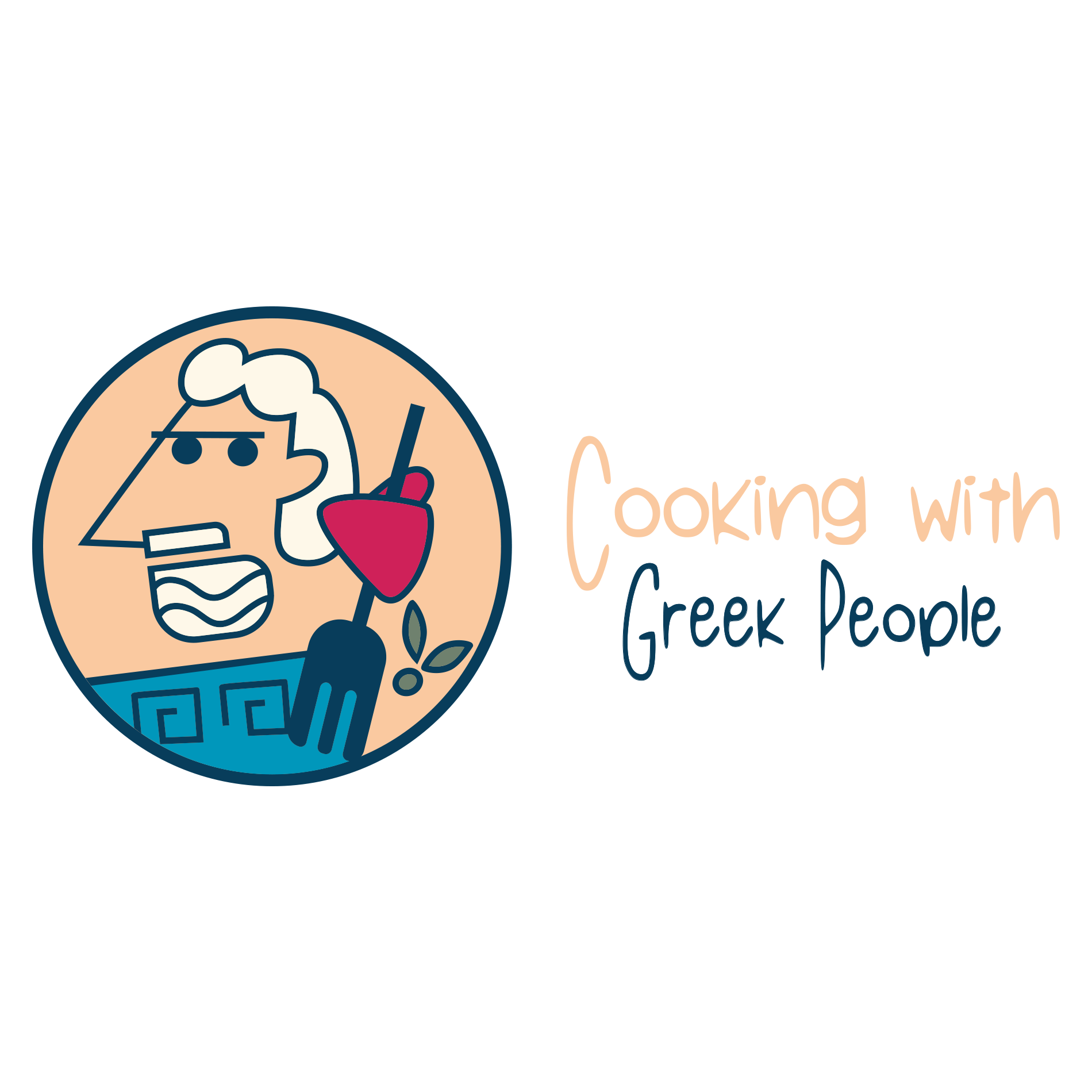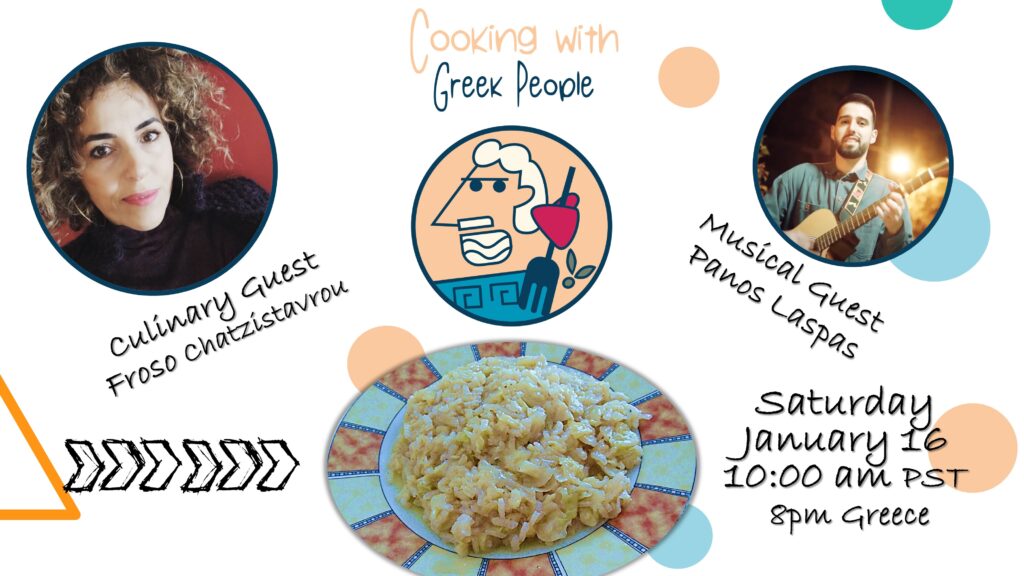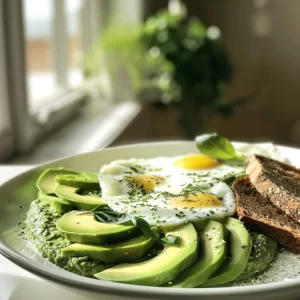What if we told you that a rich, moist cake made from semolina could transport you to the heart of the Mediterranean? Prepare to embark on a culinary journey as we explore the captivating world of Coconut Ravani Greek Semolina Cake with Honey Syrup. This traditional Mediterranean dessert has been cherished for generations, blending the flavors of the Balkans, Middle East, and beyond.
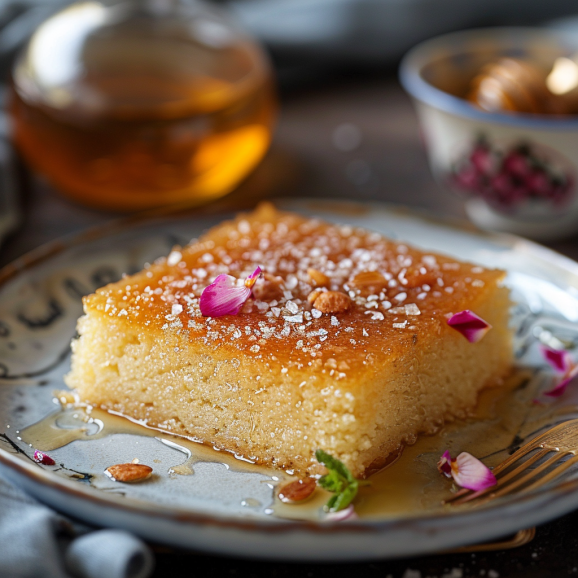
Semolina, a coarse flour made from durum wheat, is the star ingredient that gives this cake its unique texture and flavor. But what exactly is semolina, and why does it make this dessert so special? Let’s dive in and uncover the secrets of this beloved Mediterranean treat.
Key Takeaways
- Semolina Cake, also known as Halva, is a beloved Mediterranean dessert with origins across the Balkans, Middle East, and beyond.
- The moist, rich cake is made with semolina flour, which gives it a distinctive texture and flavor.
- Coconut Ravani Greek Semolina Cake with Honey Syrup combines the sweetness of honey and the fragrance of coconut for a truly indulgent experience.
- This traditional dessert offers a nostalgic taste of the Mediterranean region, with variations and substitutions available to suit a range of dietary preferences.
- Preparing Semolina Cake is a straightforward process, making it an accessible and delightful addition to any home kitchen.
What is Semolina?
Semolina is a versatile and nutritious ingredient found in the heart of Mediterranean and Middle Eastern cuisine. Made from the coarse grind of durum wheat, this golden flour is prized for its high protein and gluten content, making it a staple in everything from pasta and couscous to breads and desserts.
The unique texture of semolina flour sets it apart, with a granular quality that adds a delightful bite and heartiness to dishes. Its robust flavor and ability to absorb liquids seamlessly make it a versatile ingredient, widely used in both savory and sweet preparations.
In the realm of baking, semolina flour shines in the creation of decadent cakes and puddings. Its high gluten content helps to create a tender yet sturdy crumb, lending a remarkable mouthfeel and satisfying chew to baked goods. Semolina’s affinity for soaking up flavors also makes it an excellent choice for infusing desserts with the aromatic essences of citrus, spices, and nuts.
Beyond its culinary applications, semolina flour is also prized for its nutritional profile. As a product of durum wheat, it boasts a higher protein content compared to all-purpose flour, making it a wholesome choice for health-conscious cooks and bakers. Its fiber-rich nature also contributes to a feeling of fullness and overall digestive well-being.
Semolina’s versatility and distinct flavor profile have solidified its place as a staple ingredient in Mediterranean cooking and beyond. Whether you’re crafting homemade pasta, baking a decadent cake, or exploring the depths of Middle Eastern cuisine, semolina flour is a true culinary gem worth celebrating.
Why You’ll Love Semolina Cake
Semolina cake, with its unique Semolina Cake Texture and Nostalgic Flavors, is a delightful treat that will captivate your taste buds. The process of toasting the semolina creates an aroma that will fill your kitchen, enticing you even before the first bite.
One of the reasons you’ll love this cake is its versatility. The Customizable Cake nature allows you to experiment with different flavorings, mix-ins, and sweeteners to create your own unique version. Whether you prefer a touch of citrus, a sprinkle of nuts, or a drizzle of honey, the possibilities are endless.
Variations and Substitutions for Semolina Cake
Semolina cake is a beloved classic, but that doesn’t mean you can’t put your own spin on it. Consider trying these variations and substitutions:
- Swap out the traditional semolina for whole wheat semolina for a heartier texture.
- Replace the sugar with a combination of honey and brown sugar for a deeper, more complex flavor.
- Fold in chopped pistachios, slivered almonds, or a handful of dried cranberries for a delightful crunch and additional texture.
- Experiment with different citrus zests, such as lemon or orange, to brighten up the cake.
- For a more indulgent treat, top the cake with a dollop of freshly whipped cream or a drizzle of warm honey.
No matter how you choose to customize your semolina cake, one thing is certain: each bite will transport you to the Balkans, Middle East, or Mediterranean, offering a nostalgic taste that will leave you craving more.
How to Prepare Semolina Cake
Baking a delightful Semolina Cake is a delightful journey through the flavors of the Mediterranean. With its golden hue and delicate texture, this cake is a true delight for the senses. Let’s dive into the step-by-step process of creating this masterpiece.
First, we’ll start by making a simple honey syrup to drizzle over the cake. In a saucepan, combine water, sugar, and a lemon slice. Heat the mixture over medium heat, stirring occasionally, until the sugar has dissolved. Simmer the syrup for about 5 minutes, then remove the lemon slice and set the syrup aside to cool.
Next, it’s time to toast the semolina. In a skillet, heat a small amount of oil over medium heat. Add the semolina and stir constantly until it turns a light golden color, being careful not to burn it. This toasting process adds a lovely nutty aroma to the cake.
Carefully pour the prepared honey syrup over the toasted semolina, stirring gently to ensure the semolina absorbs the syrup. Continue cooking the mixture, stirring occasionally, until the semolina pulls away from the sides of the pan.
Transfer the semolina mixture to a baking pan, pressing it down evenly to create a smooth surface. Allow the cake to cool for about an hour, letting the flavors meld together.
Once cooled, gently loosen the cake from the pan and flip it onto a serving plate. Top it with your desired garnishes, such as toasted almonds, a sprinkle of cinnamon, or a light dusting of coconut. The combination of the sweet honey syrup and the toasted semolina creates a delightful Mediterranean Baking experience.
Enjoy your homemade Semolina Cake and savor the flavors of the Mediterranean. This recipe is sure to become a new favorite in your baking repertoire.
Coconut Ravani Greek Semolina Cake with Honey Syrup
Discover the captivating flavors of the Mediterranean with the Coconut Ravani Greek Semolina Cake with Honey Syrup. This traditional dessert is a harmonious blend of moist, nutty semolina cake, infused with the rich sweetness of honey syrup and the tropical allure of coconut.
The aromatic toasted semolina creates a warm, inviting aroma that fills the kitchen, tantalizing the senses. As the honey syrup soaks into the cake, each bite becomes a delightful experience, the flavors melding together to transport you to the sun-drenched shores of Greece. Whether enjoyed as an afternoon treat, a special occasion dessert, or a comforting indulgence, this Greek Semolina Dessert is sure to delight your taste buds and leave you craving more of its Mediterranean charm.
Savor the Coconut Ravani Cake and immerse yourself in the warm, inviting flavors that have been cherished for generations across the Mediterranean region. This harmonious union of semolina, honey, and coconut is a true testament to the rich culinary heritage of this captivating part of the world.
FAQ
What is Semolina?
What are the benefits of using Semolina in baking?
How does toasting the Semolina affect the cake?
Can I customize the Semolina Cake recipe?
What are some traditional toppings for Semolina Cake?
What is the significance of Coconut Ravani Greek Semolina Cake?
Welcome to “Cooking with Greek People,” your go-to YouTube channel for discovering the rich, flavorful, and diverse world of Greek cuisine! Whether you’re a seasoned chef, a home cook, or someone who just loves great food, our channel is designed to bring the heart of Greece into your kitchen.
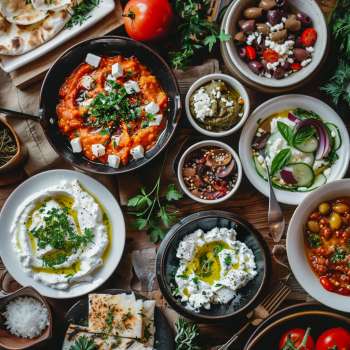

Healthy Greek Cooking for Modern Lifestyles
Greek cuisine is evolving with modern twists on traditional dishes, blending Mediterranean flavors with global influences. From quinoa moussaka to lentil dolmades, these recipes cater to health-conscious diners while preserving authentic tastes. Greek fusion recipes combine the bold flavors of Greece with the aromatic profiles of Asian ingredients, offering unique culinary experiences like miso-glazed lamb souvlaki and tzatziki-stuffed chicken skewers.
Vegan Greek recipes are transforming traditional dishes into plant-based versions, highlighting the versatility of Greek ingredients. For more details and recipes, visit the following links: Modern Greek Recipes, Modern Greek Salads, Easy Greek Dinners, Greek Breakfast Recipes, Greek-Inspired Cocktails, Greek BBQ Recipes, Greek Snack Recipes, Greek-Inspired Soups, Greek Pasta Dishes, and Greek-Inspired Pizza.
Author: Bob
With over 20 years in Bioinformatics and AI in Molecular Diagnostics, Bob Stavrou advises BiCos, focusing on authenticating OLIVE OIL DNA. He's also a passionate contributor to YouTube Cooking with Greek People and appeared on Greek TV show Savvatokiriako Me Ton Manesi, bridging science and culinary arts. Watch it on Alpha TV.
